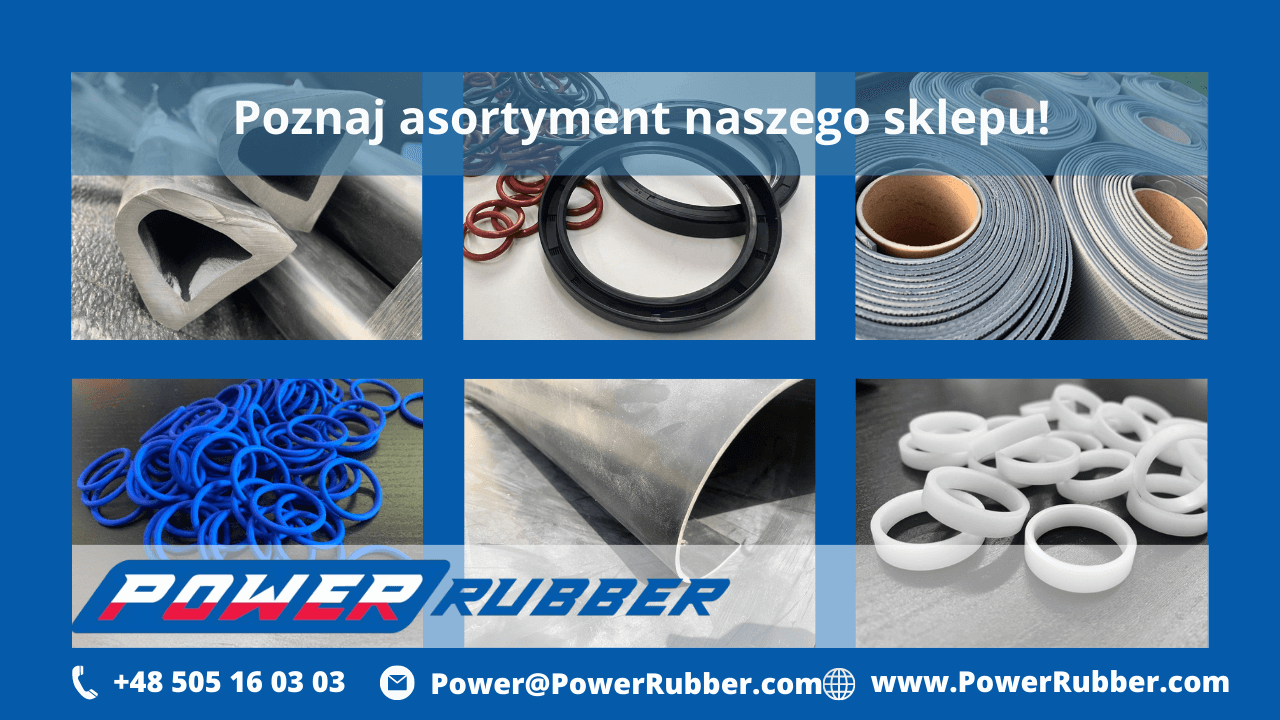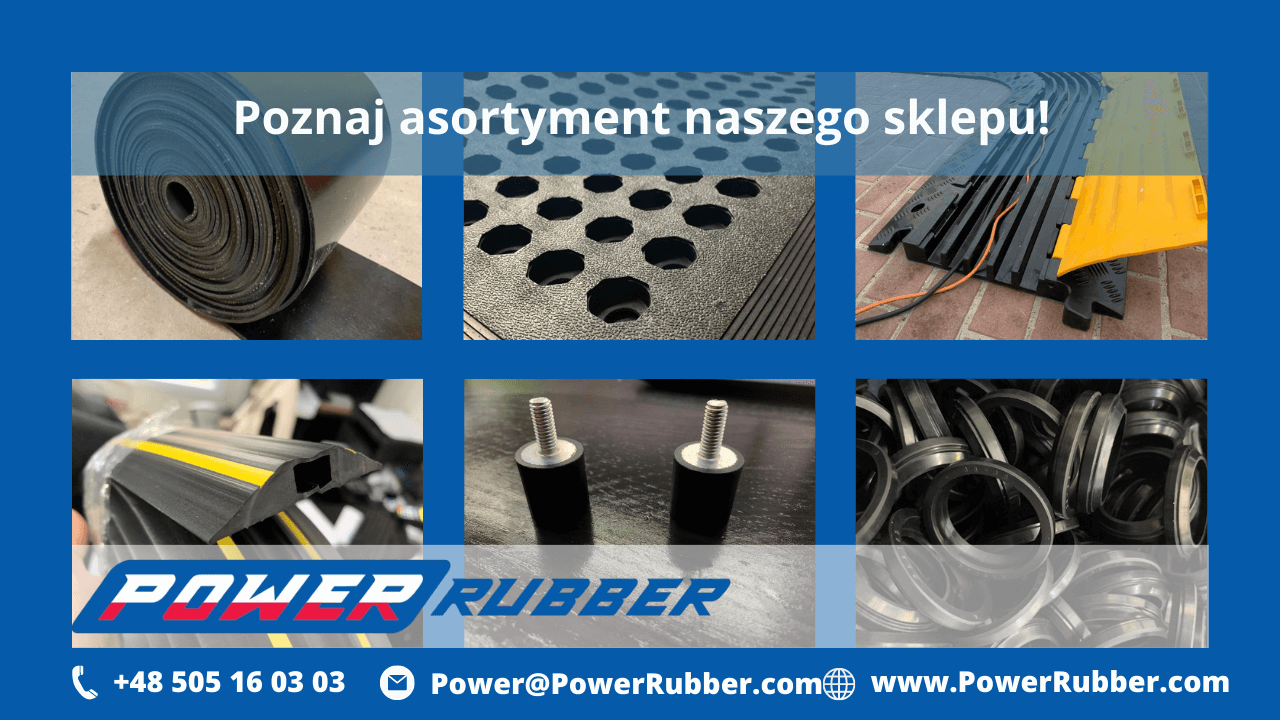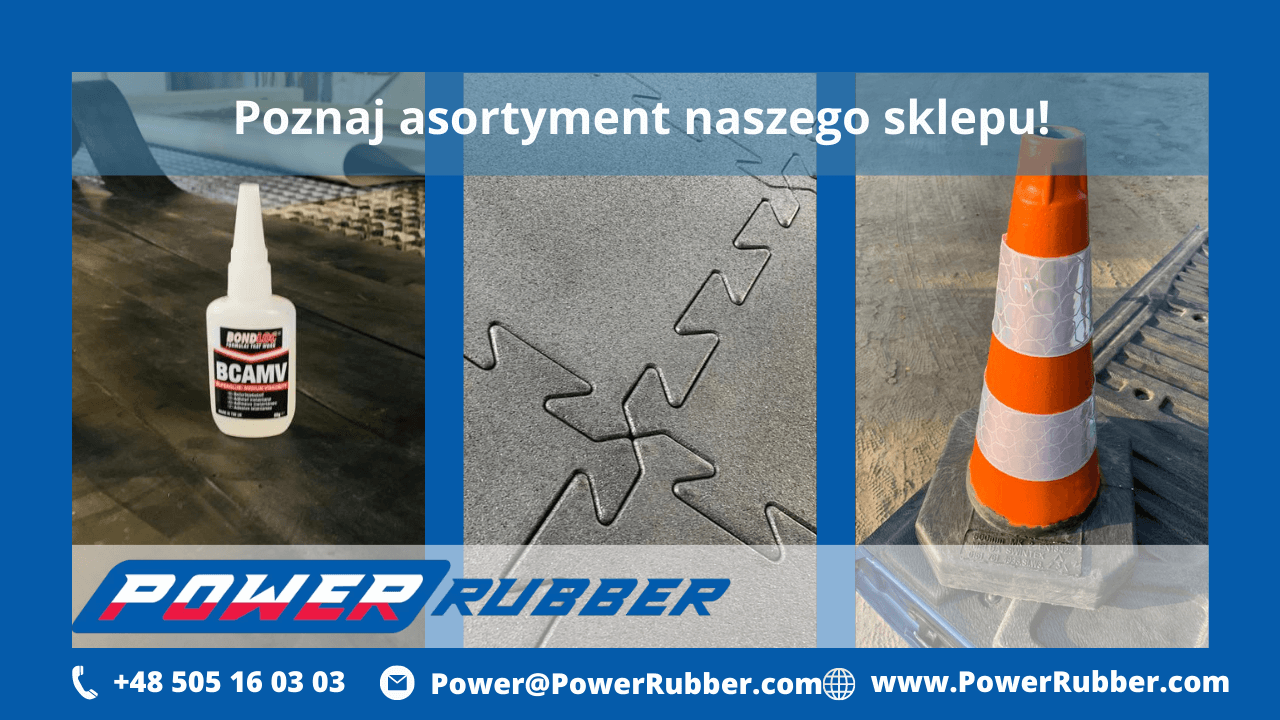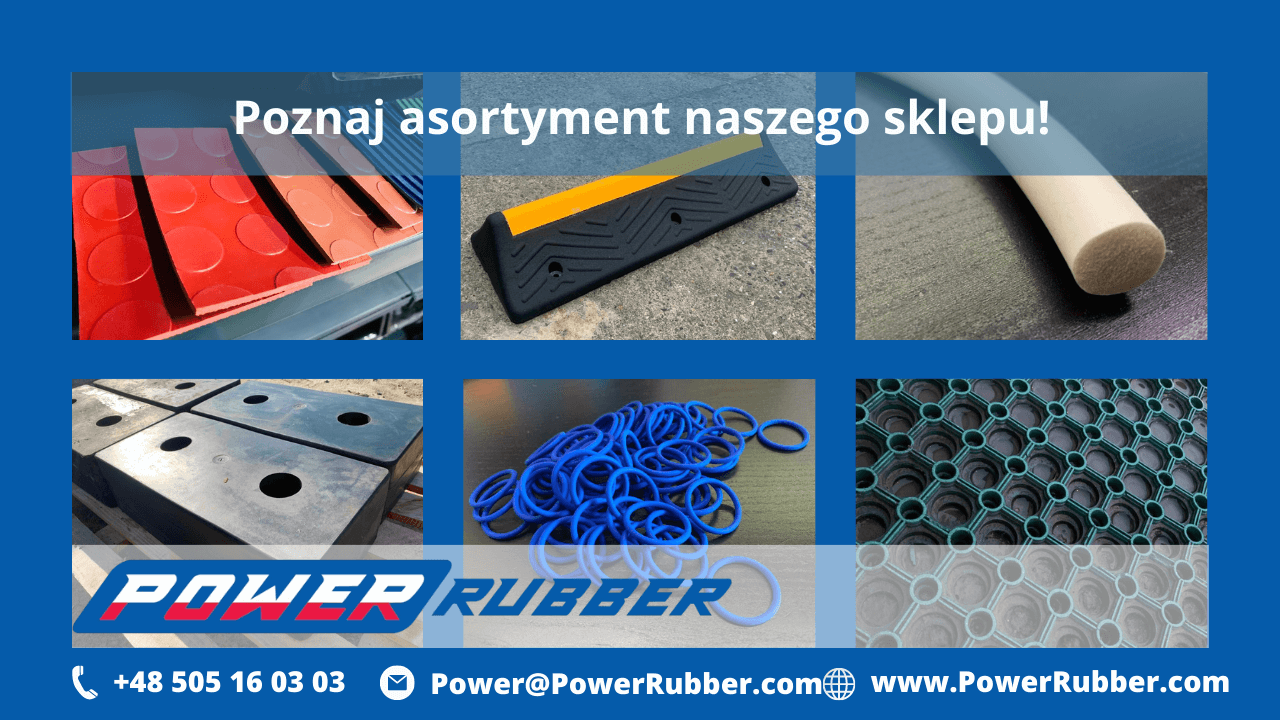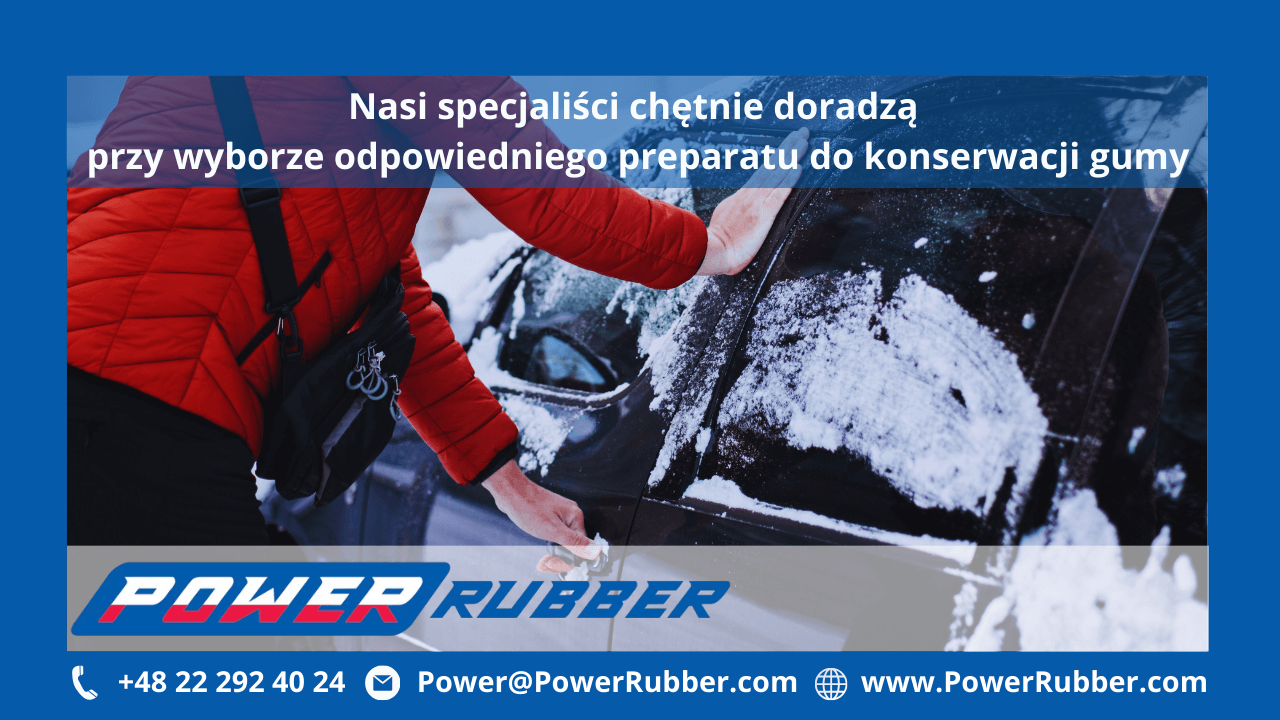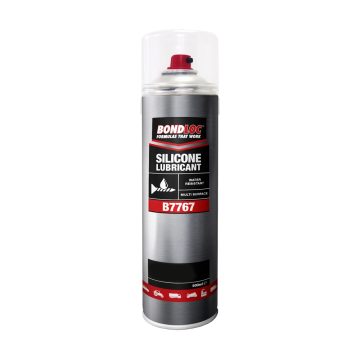How to Maintain and When to Replace Them?
The Importance of Automotive Rubber Seals
Rubber seals play a crucial role in protecting vehicles from external factors. They provide insulation and prevent moisture, dust, dirt, and other contaminants from entering the car interior. Over time, seals may deteriorate due to weather exposure, temperature fluctuations, and regular wear, including frequent door openings and closings. Proper care and maintenance are essential for spotting signs of wear, cracks, or damage.
Key Functions of Car Rubber Seals
Keeping the Car Interior Dry
High-quality rubber seals provide airtight protection around windows, doors, sunroofs, and trunks. They also shield electrical components from moisture. Dampness inside the vehicle can shorten the life of upholstery and mats, and lead to mould, rust, and odours.
Noise Reduction
Well-maintained seals help eliminate wind noise and vibrations from the outside. They create a tight barrier between parts of the car and the external environment, improving ride comfort.
Temperature Control Inside the Vehicle
Damaged or worn seals lead to air leaks, making it harder to heat or cool the interior. This can reduce HVAC efficiency and increase fuel consumption.
Causes of Rubber Seal Damage and How to Prevent It
Rubber seal degradation is caused by factors like heat, UV rays, temperature extremes, and aggressive chemicals used in car washes.
-
High heat shortens molecular chains, leading to brittleness and cracking.
-
Freezing cold makes seals stiff and prone to breaking.
-
UV radiation causes hardening, discolouration, and cracking.
-
Oxygen exposure reduces elasticity over time.
To prevent damage, perform regular inspections and use protective seal care products.
Signs That Car Seals Need Replacement
Watch for these symptoms:
-
Water entering the vehicle
-
Moisture around windows
-
Rust and corrosion
-
Musty smell after rain
-
Whistling wind noises
-
Excessive road noise
-
Dirt buildup around edges of doors or seals
If the seal is torn or missing large sections, it’s best to replace it.
Why Seal Maintenance Matters
Proper maintenance restores seals to optimal condition. Use silicone-based sprays or technical petroleum jelly to add a protective layer against environmental stress.
Rubber components such as door, window, boot, and sunroof seals are designed to protect the interior. Their upkeep ensures:
-
No water or dirt infiltration
-
Effective air conditioning
-
Reduced road noise
-
Protection from freezing in winter
-
Longer seal lifespan
How to Care for Car Rubber Seals
At Power Rubber, we recommend cleaning rubber seals with:
-
Mild detergent
-
Soapy water
-
Specialist rubber cleaning agents
Avoid harsh chemicals. Use a soft cloth or sponge to remove dirt. After cleaning and drying, apply a silicone-based conditioner to restore flexibility and colour.
Why You Should Protect Rubber Seals
Damaged seals lose water resistance and may affect vehicle comfort and safety. Proper conditioning:
-
Prevents cracks and splits
-
Maintains airtight insulation
-
Reduces fuel use
-
Preserves black colour and elasticity
-
Saves money on replacements
Winter Protection for Car Seals
Winter conditions can freeze rubber seals, causing cracks or tearing. Ice formation may lead to stuck doors or broken handles.
How to Protect Seals from Freezing
Low temperatures stiffen rubber. To keep seals flexible in winter:
-
Use silicone spray before freezing temperatures arrive
-
Prevent ice buildup and sticking
-
Restore softness and seal performance
What to Use on Car Rubber Seals
Technical Petroleum Jelly
Hydrophobic and thick like butter, it prevents drying, cracking, and freezing. Apply a thin layer and rub it evenly across the seal.
Silicone Spray for Rubber Seals
Silicone spray is a professional solution for:
-
Lubricating and sealing
-
Protecting from UV and extreme temperatures
-
Waterproofing and rust prevention
Apply a thin layer from 15–30 cm away and let dry.
If you're looking for the best way to protect your car’s rubber seals, contact us at +48 22 292 40 24 or +48 505 16 03 03 or email us at Power@PowerRubber.com.
